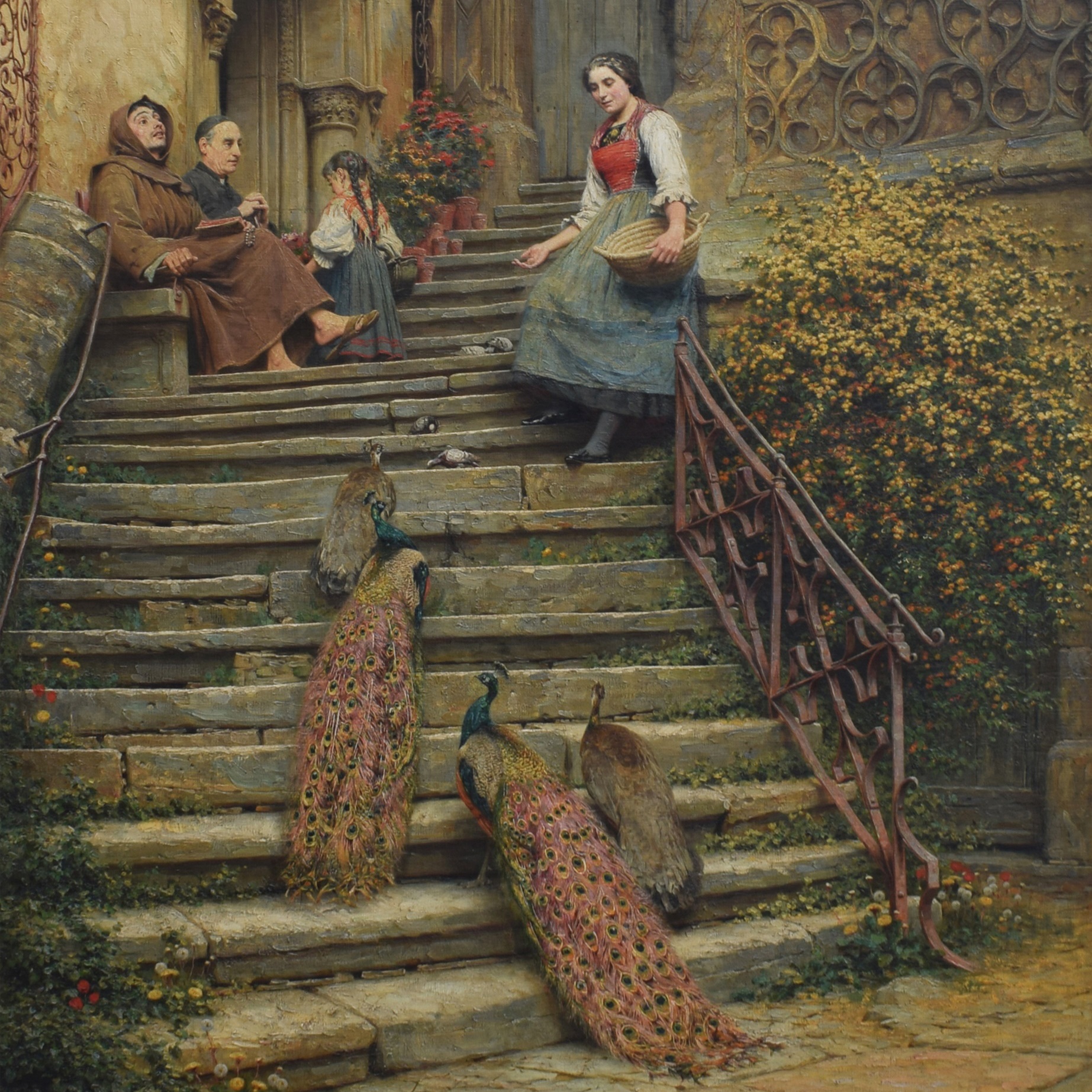In 1670, Knibb relocated to London, setting up his business at 'The Dyal' in Fleet Street, near Serjeant's Inn. His reputation for precision and innovation quickly grew, leading to prestigious commissions, including a turret clock for Windsor Castle in 1677.
Knibb was particularly noted for his advancements in clock mechanisms. He refined the anchor escapement, enhancing timekeeping accuracy, and developed unique striking systems, such as the Roman striking method, which used varying tones to denote hours. His clocks often featured elegant designs with slim proportions, intricate engravings, and high-quality materials.
In 1697, due to ill health, Knibb retired to Hanslope, Buckinghamshire, where he continued to produce clocks, albeit in smaller numbers. Clocks from this period, signed "Joseph Knibb of Hanslop," are particularly rare and highly sought after by collectors.
Today, Joseph Knibb's timepieces are celebrated for their mechanical ingenuity and aesthetic excellence, with examples held in esteemed collections worldwide, including the Metropolitan Museum of Art and the Victoria and Albert Museum.

